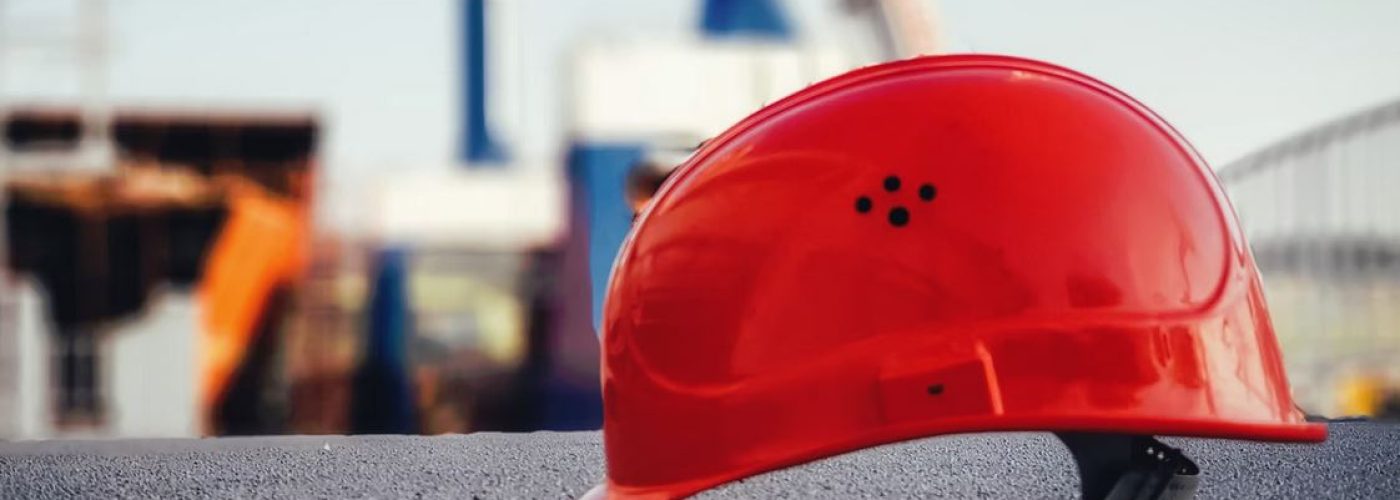The rising popularity of safety helmets has led some to believe that they will soon replace hard hats as standard construction headwear. Market projections place the safety helmet industry to grow to $2.6 billion in market size by 2026, from 1.9 billion last year, according to BusinessWire. With more and more companies realizing that neglecting safety hurts them as much as their workers, it’s becoming a lot more likely for them to adopt safety helmets as the main form of head protection in construction.
Where the Hard Hat Falls Flat
Hard hats were designed with one thing in mind: to soften the blow from falling debris, which is the number one hazard on a construction site. This makes them effective in protecting against the vast majority of construction accidents, but not all of them. Construction sites are as varied in nature as the industries that call for them. The same can be said about the types of hazards that can be encountered in them.
Even in your average construction site, there is still the possibility of getting struck in the front, back, or sides of the head. Hard hats are primarily reinforced on their tops, so they are not best equipped to protect against blows from other directions. Hits from other directions can still cause serious injuries such as Traumatic Brain Injury or TBI. Hard hats do little to protect against falls, which remain the leading cause of construction worker fatalities. They are also poorly secured to the worker’s head and are liable to fall off.
Why the Safety Helmet is Working Steadily Towards Mandatory Status
In recent years, there has been an increasing clamor for safer workplaces. Safety helmets being introduced as a mandatory replacement for hard hats would be in line with this ongoing development. On their own, they offer better protection against impacts from multiple directions, thanks to their better head coverage and interior foam lining. They are also secured much better with adjustable chin straps and other fastening features. Since the basic design of a construction safety helmet is based largely around biking and climbing helmets, they also often come with ventilation and built-in eye protection.
As of yet, no real laws require enhanced head protection in the form of construction safety helmets. But experts expect such ordinances to be just around the corner. There are simply too many advantages to safety helmets to pass up. They allow for much more modularity, giving enough room for improvement on existing specialized hard hats, such as electrical protection variants. Very soon, a construction company’s failure to provide head protection to its workers may be enough grounds for a construction accident attorney to secure a hefty claim for their clients.
Why the Safety Helmet Has Not Been Made Mandatory Yet
Despite the advantages offered by safety helmets and workers’ growing desire for safer conditions, there are still some roadblocks in the way of safety helmets becoming fully adopted in the construction industry. Workers want better protection. Yet, some may not fully trust the capabilities of safety helmets or be uncomfortable with the current design and instead prefer the familiar feel of the traditional hard hat. Plus, there’s also the fact that hard hats are the cultural symbol of construction workers, and so many may not be ready to trade up hard hats for improved designs.
With construction companies slowly coming to terms with the fact that investing more in worker safety saves them more money in the long run, any government mandate for safety helmets will be met with little resistance. The only real barrier to its adoption is the awkwardness that some workers might feel over the unfamiliar new headwear, but that can be dispelled with enough time.





